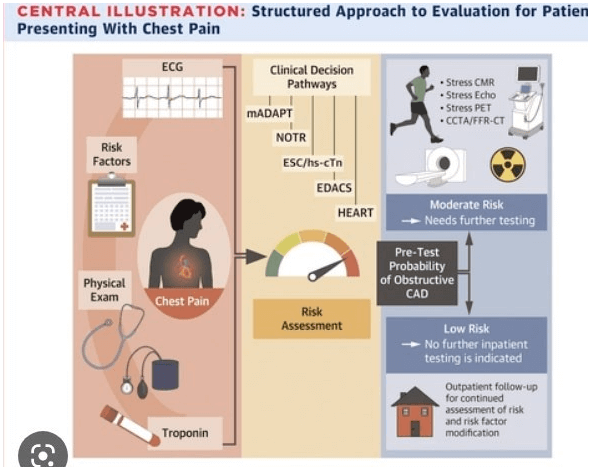A nurse enters the room of a school-age child and finds them on the floor experiencing a tonic-clonic seizure. Which of the following actions should the nurse take?
Turn the child onto their back.
Restrain the child's upper extremities.
Place a padded tongue blade in the child's mouth.
Place a pillow under the child's head.
The Correct Answer is D
The correct action to take in this situation is to place a pillow or cushion under the child's head.
This will help protect the child from injuring their head during the seizure.
It is important not to turn the child onto their back during a seizure, as this can obstruct the airway and potentially lead to respiratory distress.
Restraining the child's upper extremities is also not recommended, as it can cause injury to the child or the person trying to restrain them.
Placing a padded tongue blade or any object in the child's mouth is no longer recommended during a seizure. Doing so can cause injury to the child's mouth or teeth and is not necessary for seizure management.
Nursing Test Bank
Naxlex Comprehensive Predictor Exams
Related Questions
Correct Answer is ["B","C"]
Explanation
Turn cellular phones to silent mode: In an active shooter situation, it is crucial to maintain silence to avoid drawing attention to your location. Switching cellular phones to silent mode helps ensure that ringtones or notifications do not alert the shooter to your presence.
Wave hands to attract the attention of law enforcement: When law enforcement or emergency personnel arrive at the scene, it is essential to signal to them that you are not a threat and that you require assistance. This can be done by putting hands up, keeping them visible, and following any instructions provided by law enforcement.
Move wounded clients to a safe area before finding shelter: It is important to prioritize the safety of individuals involved in an active shooter situation. However, moving wounded clients should be done only if it can be done quickly and without putting oneself or others at risk. The primary goal is to seek safety and follow established protocols, such as "run, hide, fight" principles, rather than focusing on moving injured individuals during an ongoing threat.
Attempt to bargain with the shooter: Bargaining or negotiating with an active shooter is strongly discouraged. It is important to remember that the primary goal in an active shooter situation is to ensure personal safety and the safety of others. Engaging with the shooter may escalate the situation or put oneself and others at greater risk.
The in-service should focus on providing staff members with practical guidance on how to respond to an active shooter situation, emphasizing the importance of following established protocols, staying calm, and seeking safety. Additionally, the in-service should include training on recognizing and reporting suspicious behavior, as prevention and early intervention can play a crucial role in mitigating such incidents.
Correct Answer is {"dropdown-group-1":"C","dropdown-group-2":"B"}
Explanation
The client's symptoms are concerning for angina or a possible myocardial infarction (heart atack) and require immediate intervention. Nitroglycerin is a medication that can help relieve chest pain associated with cardiac events by dilating blood vessels and reducing the workload on the heart.
Therefore, the nurse should administer nitroglycerin as ordered by the provider. After administering nitroglycerin, the nurse should obtain an ECG to assess for any changes in cardiac rhythm or evidence of ischemia (lack of blood flow to the heart muscle).
The ECG can provide important diagnostic information and guide further treatment decisions.

Whether you are a student looking to ace your exams or a practicing nurse seeking to enhance your expertise , our nursing education contents will empower you with the confidence and competence to make a difference in the lives of patients and become a respected leader in the healthcare field.
Visit Naxlex, invest in your future and unlock endless possibilities with our unparalleled nursing education contents today
Report Wrong Answer on the Current Question
Do you disagree with the answer? If yes, what is your expected answer? Explain.
Kindly be descriptive with the issue you are facing.
